Eco-Schools England
Carry on Composting is a Friend of Eco-Schools England and supports the Eco-Schools aims, objectives and ethos. Visit Eco-Schools at http://www.eco-schools.org.uk/
This page provides information and activities suitable for inclusion in classes and study sessions. Details of Composting at School including the regulations are given at Composting at School
The following pages provide additional infomation:
Compost Creatures Compost Safari Information on the cmini-beasts that can be found in the compost heap of bin.
Making a Rotbot Making a compost bin in a bottle so as to watch the composting process and then grow a bean in the compost
Composting methods, Compost heaps Wooden Compost bins Plastic Compost Bins
Tumbler Composters Wormeries Information on different equipment and methods for composting garden waste
Composting Food Composting food. Equipment and methods for composting food waste including cooked food.
Using Compost Seed & Potting Mixes How to use the compost made at school
Sessions for schools 1. Recyclable and Compostable Waste
This session will enable students to identify the appropriate disposal route for household and school waste and introduce composting as a means of processing organic waste at home and school. It is recommended that this session is offered with the Lunch Box session. Alternatively the sessiion could include an outdoor activity where students (under close supervision) search for and collect samples of waste from around the school.
Students are asked to name items of waste produced at home and school. These are listed on a whiteboard or flip chart as they are identified
A PowerPoint introduction to waste produced at school including cooked food waste and identifying those materials that can be recycled can be included.
- Students working as a class or in groups are asked which items could be recycled followed by which of the recycled group are biodegradable.
- Brief explanation of composting
- Identification of those biodegradable materials that can be composted e.g. Food waste, paper, cardboard, garden waste.
This can be followed by a Group session where waste materials are sorted into those that can be composted in compost bins, composted in wormeries, composted by the local authority, recycled and sent to landfill.
This practical exercise can be undertaken using:
- The Compost Game in which plastic fruit, vegetable, cooked food and other (clean) waste e.g. cardboard, paper, plastics and tins are sorted into separate containers.
OR
- Using picture cards in which pictures of the above materials are sorted onto display boards or mounted walls.
OR
- Using the lunch Box session chart shown in the picture
The whole class to come together to assess the results of the sorting exercise
Compost Game
Hands on workshops.
During the composting process, microorganisms and soil creatures will turn organic materials into rich dark compost that returns valuable nutrients to the soil. These sessions include a tour of the compost demonstration and the opportunity to make compost either in a bottle, which can be taken back to school, or using one of our compost bins
Brief introduction to practical composting. Importance of Air, Water, Browns and Greens to aerobic composting. Examination of samples compostable material and of finished compost
Making a Rotbot a "Compost bin in a Bottle" for details go to Making a Rotbot
Sessions for schools 2. Lunch Box Session
Processing waste from lunch
In this short session Students indentify which of the leftovers from their lunches, including any packaging; can be composted, recycled or sent to landfill on the “Lunch Waste Log” provided.The session can take plece at school or during a field trip or other outdoor activity.
This compliments the Compostable and Recyclable waste session but using the actual waste produced by the students. The ideal session will be short as it is hoped that there will be little waste
A spare log can be provided for completion at a school lunch or a family meal at home. These logs can be discussed at school. If it is decided to continue this exercise at school the waste could be collected in a kitchen caddy and weighed each day and a class total per week can be recorded as a part of a waste audit.
| Waste Item | Reuse | Recycle |
Compost (normal compost bin) | Compost “Hot” composting or food composter | Wormery |
Landfill |
|
|
|
|
|
|
|
|
|
|
|
|
|
|
|
|
|
|
|
|
|
|
|
|
It is recommended that this session is offered with that on Recyclable and Compostable Waste
Sessions for Schools 3. Compost Creatures and Safari
Composting recycles the nutrients that make plants (and animals) grow, feeds the bugs that keep the soil healthy and is a sustainable, low-cost way of dealing with organic waste transforming it into a valuable resource for the school or home garden.
A compost heap isn't just a heap of dead stuff; it is a hotbed of biological activity. One gram of compost can be home to literally millions of microscopic creatures. The compost heap is a bit like a mini-beast nature reserve.
Our Compost Creatures and Safari session ( Compost Safari ) provides children and interested adults in the East Midlands and the wider East Midlands with the opportunity to search compost from our compost bins and wormeries for the small creatures that help make and live in compost. The session also normally includes a slide presentation, details of how to make a trap from plastic bottles and a quiz sheet showing some of the the creatures, from fruit flies to slow worms, involved in the composting process or that might be found in a compost heap or bin. An alternative version can be held completely out of doors with the students using hand lenses and mobile phones with magnifiers attached to take photos of the creatures.
For details of our availability and free sessions email carryoncomposting@ntlworld.com
Check out the Garden Organic composting page at
http://www.homecomposting.org.uk/international-compost-awareness-week-2015
Sessions for Schools 4: Making Compost
Hands on workshops.
During the composting process, microorganisms and soil creatures will turn organic materials into rich dark compost that returns valuable nutrients to the soil. These sessions include a tour of the compost demonstration and the opportunity to make compost either in a bottle, which can be taken back to school, or using one of our compost bins
Brief introduction to practical composting. Importance of Air, Water, Browns and Greens to aerobic composting. Examination of samples compostable material and of finished compost
Making a Rotbot a "Compost bin in a Bottle" for details go to Making a Rotbot
Sessions for Schools 5: Making a Rotbot a Compost bin in a bottle)
Composting recycles the nutrients that make plants (and animals) grow, feeds the bugs that keep the soil healthy and is a sustainable, low-cost way of dealing with organic waste transforming it into a valuable resource for the school or home garden.
A compost heap isn't just a heap of dead stuff; it is a hotbed of biological activity. One gram of compost can be home to literally millions of microscopic creatures. The compost heap is a bit like a mini-beast nature reserve.
Our Compost Creatures and Safari session ( Compost Safari ) provides children and interested adults in the East Midlands and the wider East Midlands with the opportunity to search compost from our compost bins and wormeries for the small creatures that help make and live in compost. The session also includes a slide presentation, details of how to make a trap from plastic bottles and a quiz sheet showing some of the the creatures, from fruit flies to slow worms, involved in the composting process or that might be found in a compost heap or bin.
For details of our availability and free sessions email carryoncomposting@ntlworld.com
Check out the Garden Organic composting page at
http://www.homecomposting.org.uk/international-compost-awareness-week-2015
-
Rotbot Compostable material added to bottle
Compostable material added and allowed to compost for 4-6 weeks.
the Rotbot is topped up as necessary. Soil is then added abd a seed sown. -
Bean Seed Germinates
The bean seed germinated. the Rotbot will now be transfered to the green house.
-
Bean growing well.
Sessions for schools 6. Filling a compost bin:
(This can be undertaken on the demonstration site or at the school).
This session is offered subject to compost materials being available.
Selection of materials for composting, if necessary cutting or tearing plant material into six-inch lengths.
Filling a convention or Rotary compost bin with layers of greens and browns. Depending on the season, some materials, such as fallen leaves, from trees may be collected from designated areas of the gardens. Mixing the contents of bins using compost aerating tools and collecting sample from different levels in the bin.
Temperature recording from working compost bins. Assessing moisture content and harvesting finished compost
Session 7. Decomposition Rates in a Compost bin or wormery
(This can be undertaken on the demonstration site or at the school).
This session is offered subject to compost materials being available.
Selection of materials for composting, if necessary cutting or tearing plant material into six-inch lengths.
Filling a convention or Rotary compost bin with layers of greens and browns. Depending on the season, some materials, such as fallen leaves, from trees may be collected from designated areas of the gardens. Mixing the contents of bins using compost aerating tools and collecting sample from different levels in the bin.
Temperature recording from working compost bins. Assessing moisture content and harvesting finished compost
Session 8 Compostable and Biodegradable materials
Compostable Garden and school organic waste : Different Rates of Decomposition
This experiment enables students to record the decomposition rate of different plant materials including “clean food waste” from their snacks and lunches e.g. bananas and apples , a range of vegetables such as carrot and parsley peelings (sections of roots may also be used), vegetable tops /leaves, herbs and plant compost “activators” such as comfrey and nettle leaves. In addition to these “Greens” and range of “Browns” such as corrugated cardboard, tubes from kitchen rolls, cabbage stalks, twigs a autumn leaves if available. If unable to collect freshly fallen leaves a local gardener should be able to provided leaves from the top of their current leaf mould container
Each of the chosen compostable material is placed in its own labelled poly mesh produce bags (these are usually made from knitted plastic and have a drawstring closure. Net bags are used by farmers, gardeners e.g. onion bags (A 310mm wide x 350mm long net bags are available new from Polybags at about £19 for 100) ..
Each food bag should be buried in a compost bin or wormery, with a length of string attached to the draw string and reaching up to the top of the compost bin so it can be retrieved to be examined weekly.
The depth at which the bag is buried in the bin should be noted so that it can be returned to the same position once photographed
On removal from the bin the contents of each bag should be emptied on to a white card marked with the date and photographed to record the rate of decomposition .
The weekly examination should be continued until all the materials have been decomposed.
Sessions for Schools 9. Composting with worms (a)
Background session on worms
This session forms an introduction to the sessions on composting with worms providing basic facts (five hearts, no teeth or eyes, breath through their skin, should be kept moist and like the dark, reproduction). Link to Cleopatra.
Draw a worm and recognition of parts
Role of worms in the soil
Sessions for schools 10 . Worm Compost bins (b)
List the kitchen scraps that worms can eat and two that they should not be fed.
Carry out a Compost Safari using compost from the worm bin provided looking at worms and worm “eggs”
Environment necessary for keeping worms in a worm compost bin. Different types of bin- single chamber and stacking.
Harvesting the compost
Worm wee as a liquid fertiliser
Sessions for schools 11. The Wiggo Pod
This experiment enables students to record the decomposition rate of a range of products sold as Compostable and Biodegradable
Biodegradable materials will eventually be broken-down by bacteria or other living organisms, while "compostable" products will decompose under aerobic conditions with controlled temperature and humidity.
| There are two types of compostable material. Most compostable products should to break down in 2-3 months in industrial facilities. Home composting labels indicate that the material can be composted at the lower temperatures that occur in home composting bins. | ||
|
| ||
Compostable bags are often sold to be placed in kitchen caddies to collect kitchen scraps for composting. When full of kitchen waste the bag is then carried to the compost bin dropped in avoiding the mess that might be associated with using an unlined caddy. Compostable bags can also be purchased for picking up dog mess. Compostable Cling film is also available
Disposable Compostable plates, bowls, food and drink containers sold as composted are designed to be composting in municipal composting facilities not cool home composting systems.
If a Hot Home composting system e.g. Hotbin, Green Johanna, Jorra , is available the effectiveness of this bin should be compared with the more common cool composting systems.
Each of the chosen compostable materials is placed in its own labelled poly mesh produce bags (these are usually made from knitted plastic and have a drawstring closure. Net bags are used by farmers, gardeners e.g. onion bags (A 310mm wide x 350mm long net bags are available new from Polybags at about £19 for 100) .
Each food bag should be buried in a compost bin or wormery, with a length of string attached to the draw string and reaching up to the top of the compost bin so it can be retrieved to be examined weekly.
The depth at which the bag is buried in the bin should be noted so that it can be returned to the same position once photographed
Each week the compost bin temperature should be recorded. The bag should be removed monthly and the contents of each bag placed on white card, marked with the date and bin temperature, and photographed to record the rate of decomposition and the effect on it by composting temperature.
Sessions for Schools 12. Making Seed and Potting compost
In this session studnets make seed and/or potting composts using the mixtures given on the Seed & Potting Mixes page .
Seeds can be sown in the seed compost and their germination rates noted.
Seedlings can then be transpalented to a number of different mixes and their growth recorded photographically
Sessions for Schools 13. Making Compost Seedballs
Seed or earth balls are used for “seed bombing” where the balls are thrown or dropped by hand or from the air into the area where they are to germinate .
Sowing Seedballs directly in the field is a technique used in ancient Egypt and by North American First Nations’ tribes and is now being used for the large-scale regeneration of land.
Seedballs dropped from the air mat contain the seeds of trees to create forests while those thrown by hand are often used for planting wildflowers in abandoned vacant and neglected areas of towns and cities. They also provide a means of sowing wild flowers in school grounds and allotment sites. more details are given at Using Compost
This page describes how to make Seedballs
Clay based Seedballs
The conventional Seedball is made by rolling the seeds in a ball of compost which is coated with a layer of wet clay but we give an alterative to clay using flour.
Making Seed Balls
This activity is suitable for use at those parts of the year when seeds will germinate outdoors usually April – June in the UK but check the labels of the seed to be used. Two recipes are given. The traditional clay ball and a flour and compost ball which avoids the need to order clay.
I normally make seedballs in groups of 16 – 20 children with each child making three balls if they are paying to participate and making the bombs to take away at the end of the session. However, if the plan is to seed bomb a school garden each student may only make one bomb and the bombing will take place in small teams with each team bombing a marked off section of the garden. When the seeds have germinated the students can see how effective they have been in covering the whole of the target area.
Costs of 100g of seed will cost about £20 -£26. The number of seeds per gram will vary considerably depending the plants in the mix e.g. a gram of Yellow 20 1 g of Flag iris will contain approximately 20 seeds while 1-gram Common centaury (Centaurium erythraea) will contain approx. 80,000 seeds.
The compost used in this activity can be purchased from the local garden centre, but it is better if homemade seed compost is used as this will demonstrated a use for the compost produced from the kitchen ,fruit and garden waste. Following the link to find a recipe to make seed and potting compost ……………………………………….
It saves time and wastage if the teacher/trainer has weighed the seed in advance and either dispensed into containers or has prepared pre-marked plastic measures one for both seeds and compost.
Requirements (makes 16-20 balls):
- 25g native wildflower seeds (fewer seed may be used depending on their size and the area to be covered)
- 200g dry, organic seed or multipurpose compost or homemade seed compost.
- Clay Seedballs: 85g powdered red pottery clay (5kg approx. £11.32). Use natural rather than air-drying clay as the latter usually contains nylon fibres
OR for
Flour Seedballs: 125g of cheap flour
- Plastic measure scoop/measure for the compost (200g) and seeds (25g)
- A mixing bowl
- Water
- Plastic tray
- Grease proof/wax paper for drying the seed balls
- Disposable vinyl gloves and plastic apron (optional)
Making the clay seedballs
- Wearing the gloves weigh or measure the 25g seeds and the 200g compost into a bowl or plastic container
- Gently mix the seeds and compost with a spoon or by hand.
- Add the dry red clay and mix again.
- Slowly add water while continuing to stir and mix the seeds, compost, and water to form an evenly mixed paste.
- Line the plastic tray with wax paper
- Hand roll the material containing the seeds, compost and clay into a ball of about 25mm in diameter
- Put the seed balls on the tray and allow to airdry for at least a day. If the seed balls are to be taken away from the session before they are dry gently wrap them in the wax paper to air dry at later.
- Once the balls are dry throw or drop them at onto the patch of prepared soil
Flour Seed balls
- Mix together approximately 220g of compost and 125g flour in the bowl
- Add 25g wildflower seeds mixing well.
- Add water, a little at a time, mixing by hand until the mixture becomes sticky like dough and forms a ball.
- Divide the dough to make seedballs about 25mm in diameter
- Put the balls on the tray and leave to air dry for at least a day
The seedballs can be put, dropped or thrown onto the area being seeded. If thrown the flour seedballs are more likely to breakup on impact with the soil than those coated in clay and are best thrown immediately after a shower or when rain is expected.
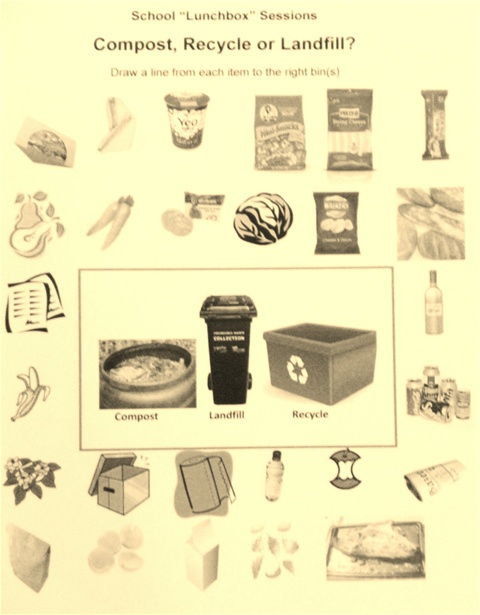
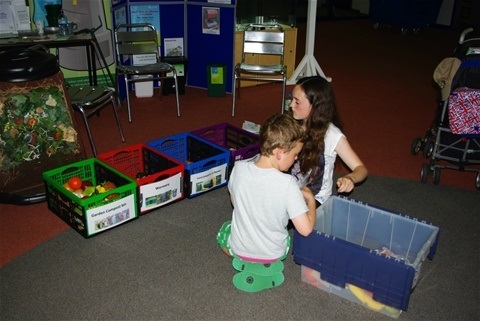
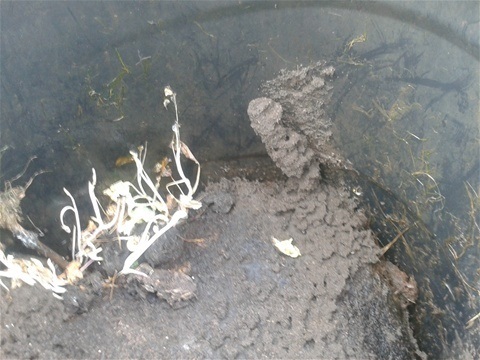
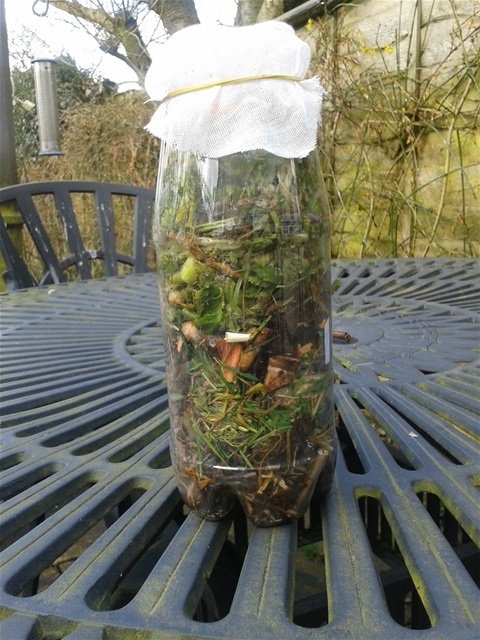
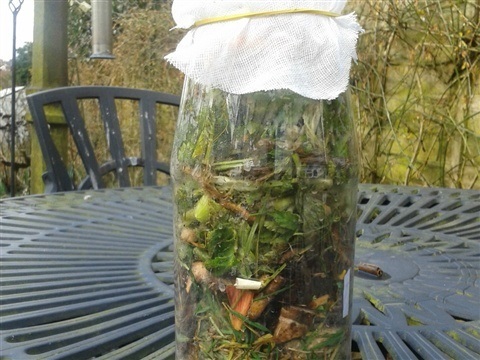
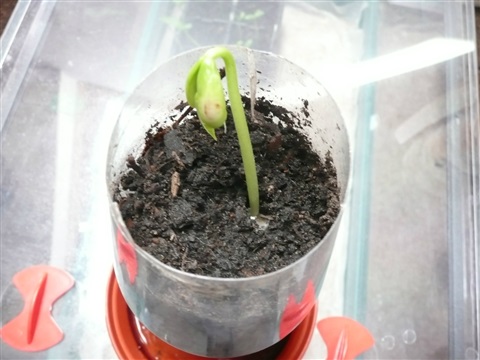
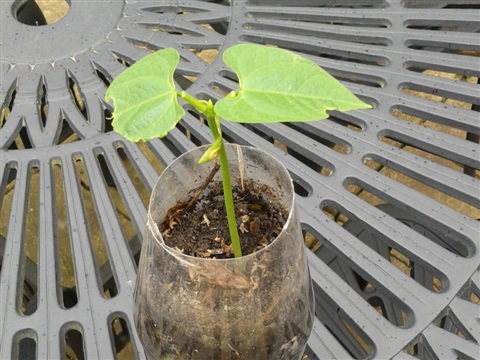
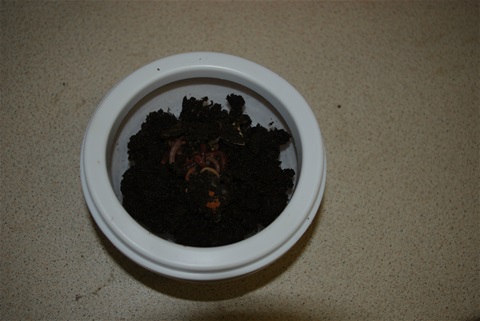
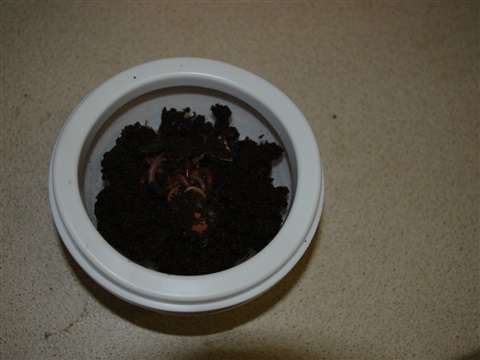
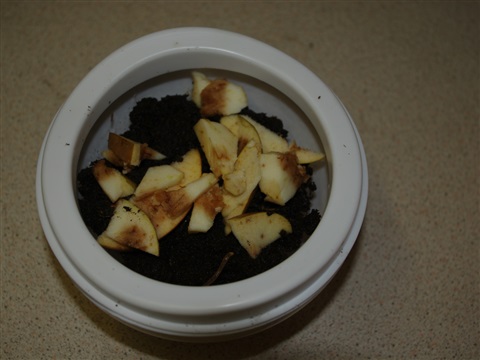
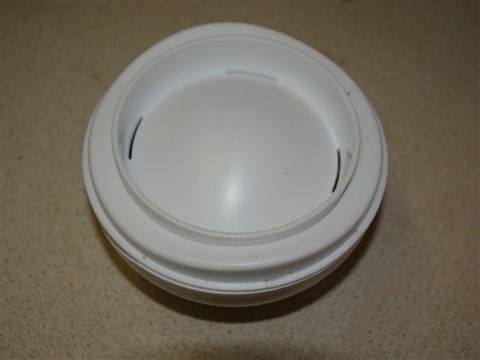
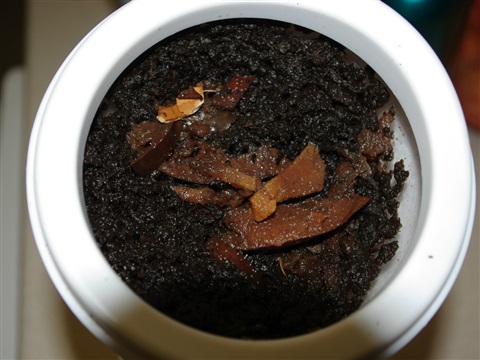
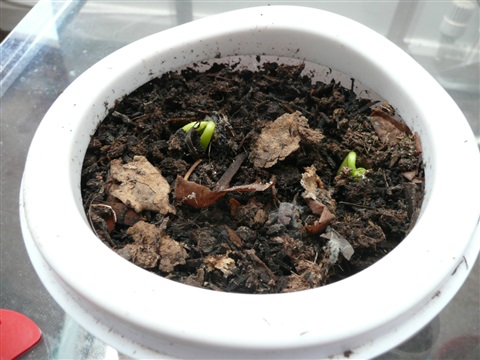
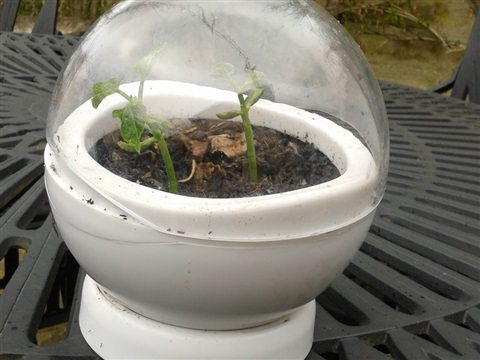
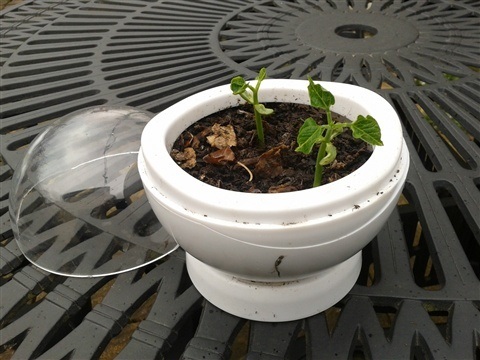
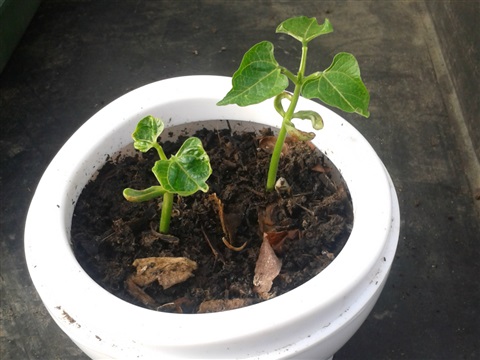
Direct Compost
Great article.
Direct Compost
Great article.I believe students should have given information about composting at schools.It will encourage them to make eco-friendly environment.